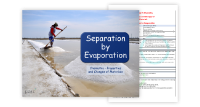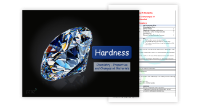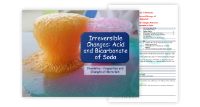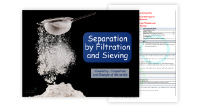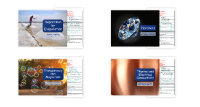Transparency and Magnetism
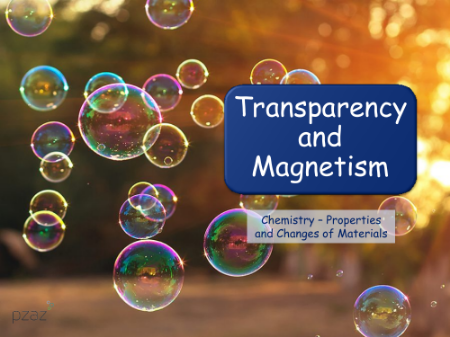
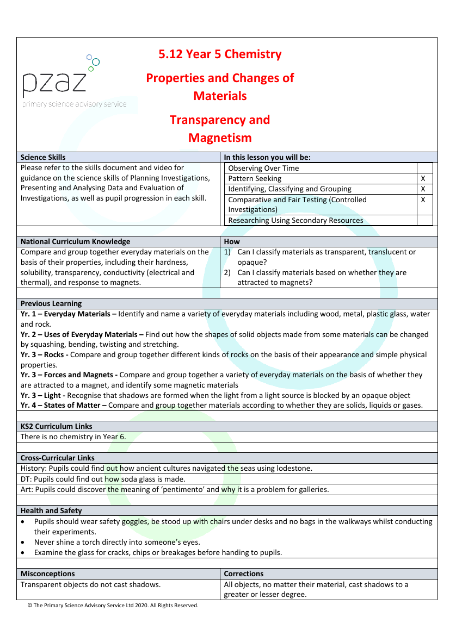

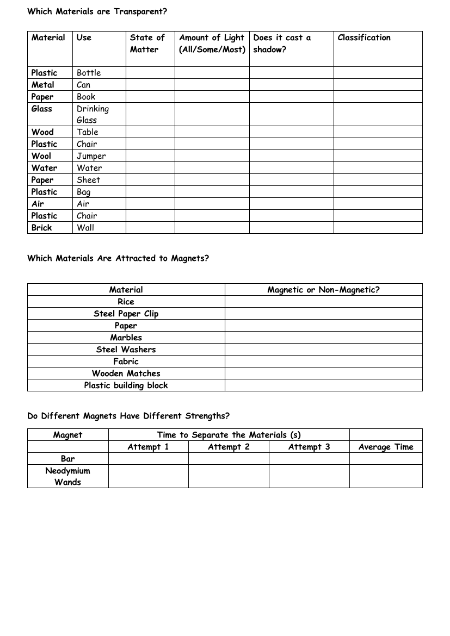
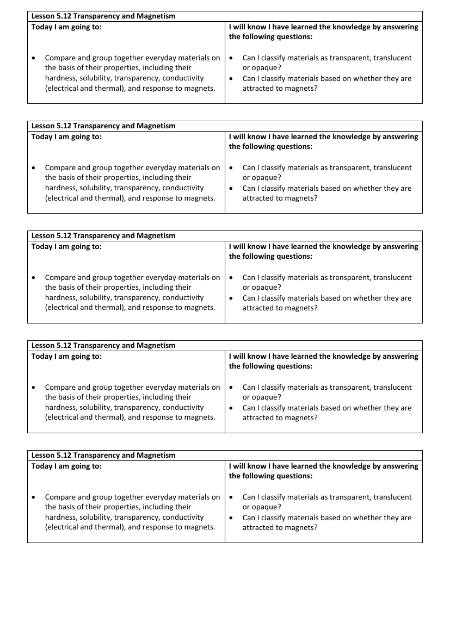
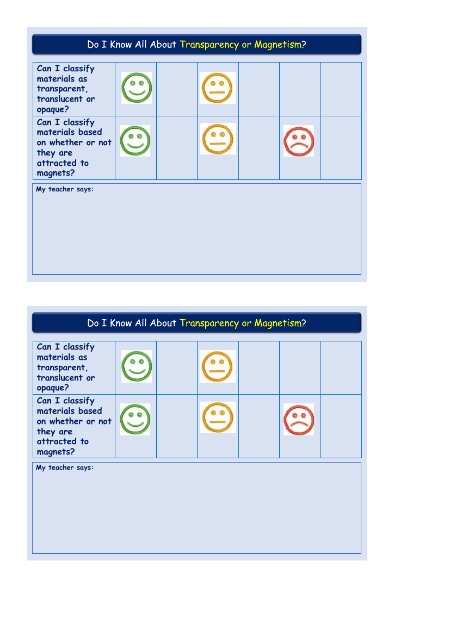

This lesson focuses on comparing and grouping everyday materials based on their properties of transparency and response to magnets. The objectives are to classify materials as transparent, translucent or opaque, and to classify materials based on whether they are attracted to magnets.
Previous Learning
The students have previously learned about everyday materials, the uses of everyday materials, rocks, forces and magnets, light, and states of matter. In Year 1, they have identified and named various everyday materials. In Year 2, they have found out how the shapes of solid objects can be changed by squashing, bending, twisting and stretching. In Year 3, they have compared and grouped rocks and everyday materials based on their appearance and physical properties and learned about light and shadows. In Year 4, they have compared and grouped materials based on whether they are solids, liquids, or gases.
Cross-Curricular Links
- History: Pupils could learn about ancient cultures navigating the seas using lodestone.
- DT: Pupils could learn about soda glass manufacturing.
- Art: Pupils could learn about the meaning of 'pentimento' and its impact on galleries.
Misconceptions and Corrections
- Transparent objects do not cast shadows - All objects, regardless of material, cast shadows to a greater or lesser degree.
- All metals are attracted to magnets - Only certain metals are attracted to magnets.
- All non-metals do not attract magnets - Liquid oxygen is attracted to magnets.
Important Lesson Guidance
The teacher is encouraged to provide a variety of materials for pupils to handle during the lesson.
Activity: Transparency Investigation
The students will work in groups of 4 and investigate the transparency of various materials using torches. They will hold the object up, note the material it is made of, and one student will stand on either side of the object. One student will hold the torch close to the object and turn it on, and the other student will observe if they can see all, some, or none of the light. They will repeat the process with various materials and use their results to classify the materials as transparent, translucent, or opaque. The goal is to obtain 20 results.
Science Explained
- Objects are either transparent, translucent, or opaque.
- Opaque objects reflect light.
- Different types of the same material can have varying transparency.
- Gases tend to be transparent.
